I absolutely love the Ohio Powerlifting line; both the Ohio Power Bars and the Ohio Deadlift Bar. I have both of these beasts in raw, unfinished steel, and both of them are on my ‘never sell these bars’ list. The natural feeling of the raw steel combined with the deep, aggressive knurl makes for two incredible training implements, and that’s before even considering how well they are priced.
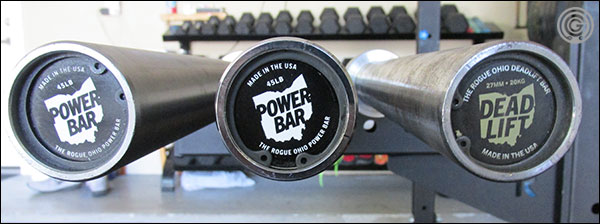
That said, I am still a huge fan of stainless steel bars; especially stainless steel power bars. All the natural, grippy goodness of a raw steel without the upkeep and maintenance; it’s a beautiful thing. Matter of fact, I typically favor my American Barbell stainless steel power bar over the raw steel Ohio Power Bar simply because I do not have to take a brush and an oily rag to it after I use it.
Enter the Stainless Steel Ohio Power Bar; a rust-free version of the most brilliantly knurled and reasonably priced power bar on the market. It has the same natural grip and hardcore power bar feel of the bare steel OPB, but now it’s maintenance-free. Sure this adaptation of the Ohio Power Bar isn’t the most affordable true power bar on the market like the raw steel version is, but Rogue still managed to undercut the competition.
Stainless Steel Ohio Power Bar Specifications
It should come as no surprise that the specs for the SS OPB are the same as they are for the existing 45-pound variants of the OPB. This is effectively just a new finish option. While normally I wouldn’t bother reviewing a bar for a new finish, there was no way I wasn’t going to buy this version of the Ohio Power Bar, so I may as well get a current review up, right?
- 45-lb men’s powerlifting bar
- shaft material: stainless steel
- sleeve finish: chrome
- shaft diameter: 29 mm
- tensile strength rating: 205,000 PSI
- knurl: very aggressive w/ IPF markings
- center knurl: yes, and not passive
- rotation: cast bronze bushings
- whip: none; very rigid
- loadable sleeve length: 16.25″
- sleeve assembly: snap-rings
- made in Columbus, Ohio USA
- price: $395 + shipping
The bare steel Ohio Power Bar for $250 and the black/bright zinc Ohio Power Bar for $275 are both still available options, as is the IPF-certified 20 kg variant for $325.
Stainless Steel Ohio Power Bar Review
This is going to be a shorter review than normal, as I have already reviewed this bar twice; once with the bare steel Ohio Power Bar, and then again with the bare steel Ohio Deadlift Bar (which doesn’t differ all that much in terms of feel.) I suggest reading those if you’re on the fence in general about any of these Ohio Power Bar products.
Stainless Steel OPB Shaft
Well stainless steel is obviously a different material, but the shaft is rated at the same 205k PSI tensile strength as the steel versions. It has the same 29 mm diameter, same distance between the sleeves, and it’s just as stiff. It’s effectively the same bar as the bare steel Ohio Power Bar, only for the $145 price increase you get the uber feel without the rust.
Stainless Steel OPB Knurl
The knurling is also the exact same as all other Ohio Power Bar variants, which is exactly what you should want to hear because the knurl on the Ohio Power Bars is perfect; at least for the average powerlifter who is conditioned to the standard, aggressive powerlifting knurl. For moderately knurled stainless steel power bars we have access to the American Barbell Elite, so Rogue definitely didn’t need to follow suit with another moderately knurled SS bar.
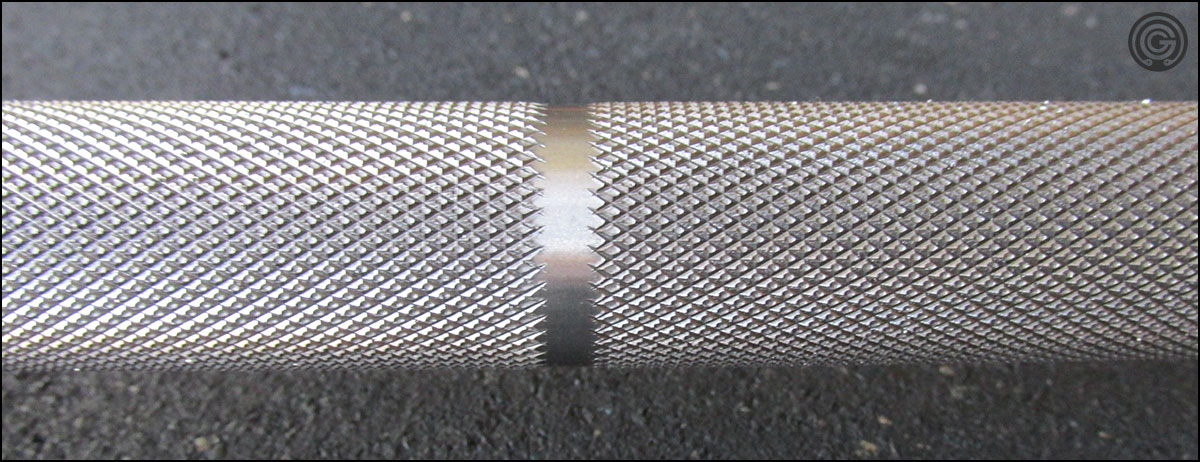
If you’ve never lifted with anything but the basic, multi-purpose WOD bars with their milder knurling, you might actually consider the American Barbell Elite Power Bar. However, if you like that deep, sharp knurl that sticks to the hands like glue, the SS OPB is for you.
Stainless Steel OPB Sleeve Assembly
Nothing has changed here either save for adding the chrome finish. The sleeves still have a 16.25″ loadable length, they rotate on a pair of cast bronze bushings, and the sleeve is held together with snap-rings. All very standard stuff for a powerlifting bar.
Bare Steel versus Stainless Steel – Price
When I announced the release of the Stainless Steel Ohio Power Bar on this site there was immediately some discussion about why it would cost $395 instead of $350 (the price of the normal SS Ohio Bar.) I don’t know the answer to this as a matter of fact, but I am assuming that it has to do with a) the fact that the SS Ohio Power Bar is rated at 205,000 PSI tensile strength while the regular SS Ohio Bar is rated at only 195,000 PSI, and also b) this harder version of stainless steel is more costly to knurl.
It’s true that knurling super hard bars destroys the special knurling tool much quicker, and in the case of the Ohio Power Bars that knurl is close to twice as deep as it is on the SS Ohio Bar, making it even more destructive to the tool. In other words, the bigger price difference likely has everything to do with the extra tensile strength of the shaft.
Rogue SS Ohio Power Bar vs AB SS Elite Power Bar
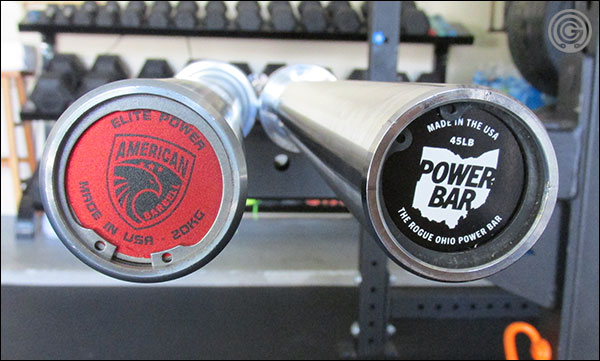
I tackled this question in my review of the Elite a week or so ago, but now that I have both of these bad boys in front of me I want to revisit it.
Both of these stainless steel power bars share the same general specifications being that they are both built to IPF specifications; 29 mm shafts, 50 mm sleeves, no whip, a center knurl, bushings, and so on. They both have stainless shafts and chrome sleeves, and both are even American-made. Lots of similarities.
They are also a little bit different. The Elite Power Bar has a lower tensile strength shaft at 190k PSI and a less aggressive knurling than the Ohio Power Bar, but it does feature high-load composite bushings instead of cast bronze bushings, a durable industrial hard chrome finish on the sleeves that will wear better than the Ohio sleeves, and a slightly tighter sleeve assembly that makes almost no noise when dropped or racked.
All that said, the Ohio Power Bar has more classic powerlifting-style knurling, the shaft did remain more rigid at heavier loads in my testing, and it has a slightly lower price.
I maintain the belief that both of these bars have their place. The Ohio Power Bar fills that typical power bar mold, while the Elite fills a void in the power bar market by offering a less abrasive knurl option for those who either cannot handle sharp bars, or simply don’t want it. It’s also worth noting that the Ohio Power Bar has the same knurl depth on the center as it does on the rest of the bar, whereas the Elite has a passive center knurl.
Power cleans, anyone?
Either way you go, you’re getting a stainless steel powerlifting bar; a premium barbell with a fantastic grip regardless of knurl depth. A bar that won’t rust unless you toss it in the Gulf of Mexico or take a steel grinder to it in a hurricane. A bar that arrives beautiful and stays that way year after year. Both of these bars will last forever.
Rogue Stainless Steel Ohio Power Bar – Review Summary
I have literally no issues with the SS Ohio Power Bar. Just like the standard SS Ohio Bar it offers performance, durability, and a superior feel, and all at a great value compared to the competition.
I believe that between the raw steel, stainless steel, and the IPF-approved Ohio Power Bar that this line of bars will ultimately become the most popular and common power bar line in America. You’ll see it at more IPF meets, in your friends’ garage gyms, and even in global & commercial gyms. Hell even the Ohio Deadlift Bar is becoming fairly commonplace.
Are there nicer power bars available? Of course there are, but feature for feature you just cannot beat OPB prices. In other words, you can spend more to get more, but you cannot spend less to get more.

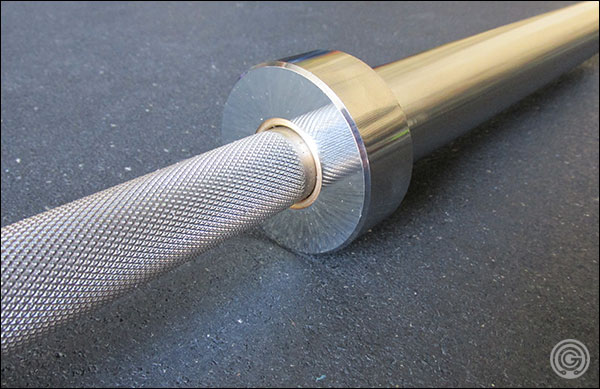
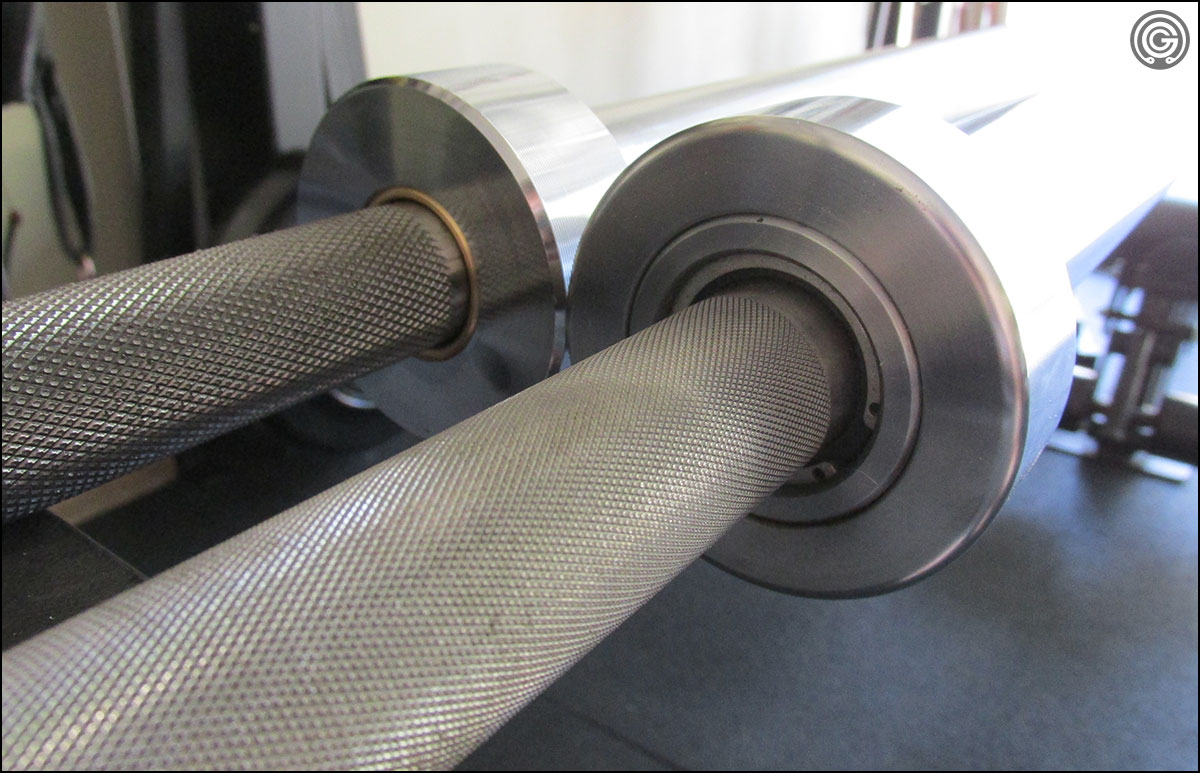
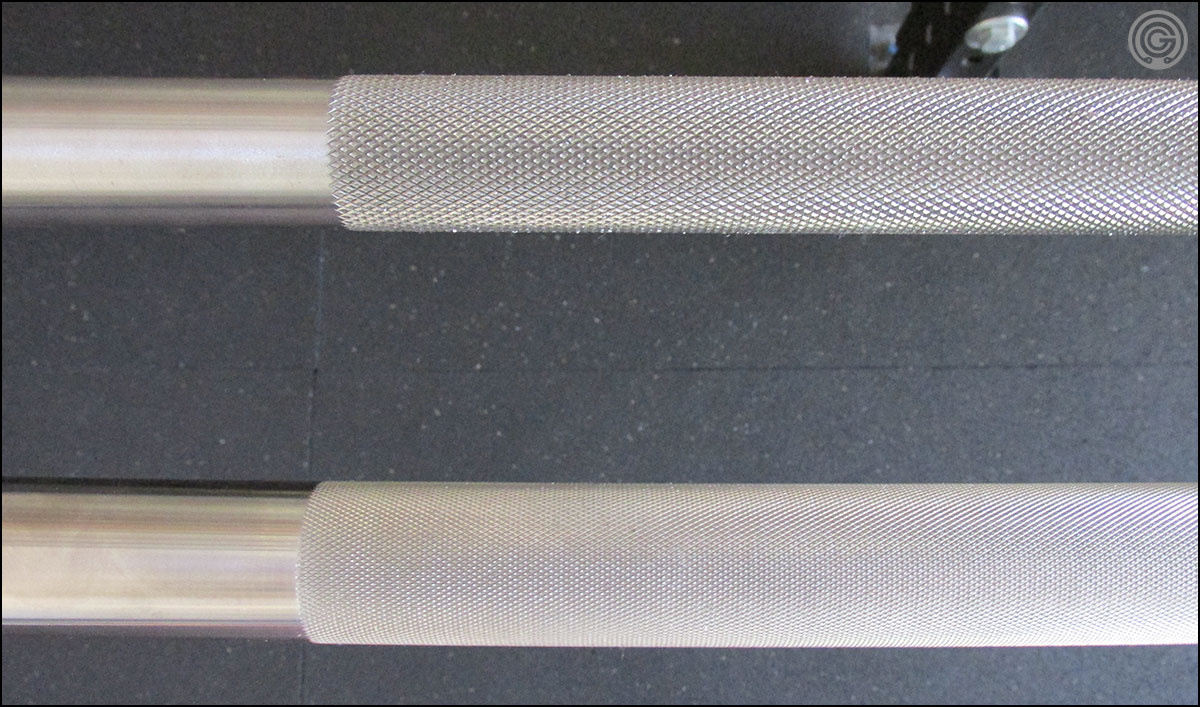
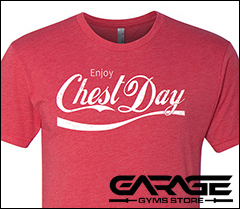
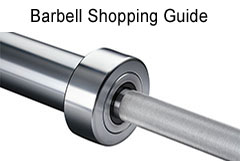
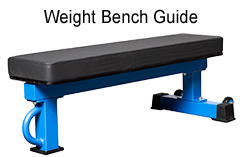
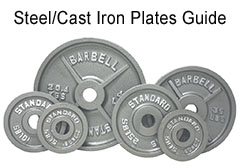
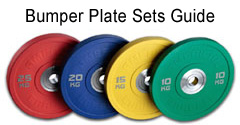
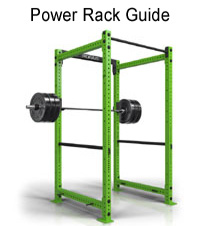
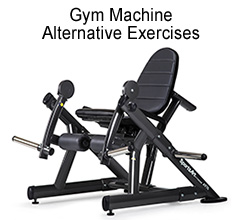

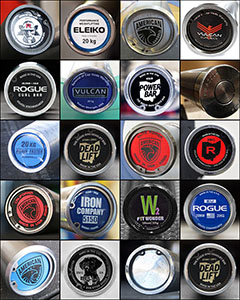


What is a passive knurl?
softer – less aggressive. deliberately so as to not be uncomfortable in the back squat or the rack position. Most bars have passive center knurling, whereas the Ohio Power Bars have the same, aggressive knurling across the entire bar.
I cannot wait to get my mitts on an SS OPB. I have a boneyard SS Ohio that I have yet to try out. Stupid deployment.
I hope someone is at least sending you pictures of your equipment so you can fantasize about it ;)
It has finally happened. Back when the AB SS WOD came out I wondered if it would prompt other sellers to get into the SS game and lower the price for everyone. Turns out that’s exactly what happened!
So, I’m curious. Did you keep your AB SS WOD bar? How does it compare to all the new SS offerings out there?
Perhaps in this golden age (or stainless steel age?) you could even put together a ss bar buying guide lol.
Thanks for the reviews!
I actually only recently got rid of the SS WOD because I’ve got way too many stainless steel bars now. I did get a chance to side-by-side it with the Elite and Rogue’s Ohio, and of course I had already done so with the Super and the AB SS Olympic Bar. It’s the same material as the rest of them. That SS WOD bar was and still is the best SS deal that ever happened, and there is no reason to get rid of that bar for a different stainless bar unless you either upgrade to a bearing bar, or want like Rogue’s OPB agro knurling.
“the shaft will remain rigid into much heavier loads because of the higher 205k tensile strength” – I really like your website and the service you’re providing, but I view statements like this as spreading a misconception. Isn’t the truth that bar flex/whip/rigidity is almost totally determined by (1) shaft diameter and (2) distance of load from fulcrum (which is virtually identical across 7″ bars leaving shaft diameter as the real determining factor)? Hookgrip and Rogue have videos on youtube showing no difference in whip between bars of the same shaft diameter. It has virtually nothing to do with the steal used. That’s also why deadlift bars and women’s bars flex more – they are skinnier. In my opinion, perpetuating statements about tensile strength being an indicator of whip don’t help garage-gym-goers make an informed decision when buying products. Maybe you can do a whole article about this? It could also discuss the relative uselessness of tensile strength numbers (bar breaking) in relation to the more informative yield strength numbers (bar bending permanently).
Well let me ask you this. Do you think a 28 mm California Bar feels and whips the same as an Eleiko WL Bar?
Or how about the 130k PSI, 29 mm CAP Power Bar and the 29 mm Rogue Ohio Power Bar? Same amount of rigidity? What do you think the yield rating of the Ohio is at 205k PSI, and what do you think the yield of the CAP is? We don’t know the value of either, but we do know that they cannot be even in the same ballpark.
@jburgeson
@Dorian
I am not a metallurgist but really appreciate both the CONTENT of your dialog on this topic and the DEMEANOR of your dialog, i.e. keeping things civil. That said, it would be an almost impossible sell to sell me on the concept that whip/rigidity is solely based upon bar diameter while ignoring both the length of the respective bars (assuming same weight/force being applied to all bars being compared) being compared and the actual metallurgy of the bar, e.g. any alloys in the bar, how the steel or bar has been worked, etc.
Correlating whip to tensile strength is marketing – and dishonest marketing in my opinion. As a person who has a passion for helping people make informed decisions (and I thank you again for spending your time and money doing that), I hope you do your own research into this before your next barbell review. You’ll likely discover that all bars of the same diameter and length whip the same.
I tried to link to Rogue and Hookgrip’s videos showing this (and put Rogue’s in the Website box). But a quick video search will uncover both of them. Hookgrip’s is almost an hour long.
Again, tensile strength is about breaking. Yield strength is about permanent deformation. While they are generally related (higher tensile generally gives a higher yield), they don’t tell you about whip/rigidity. Bar diameter and bar length do that.
Not that it matters, but to answer your questions: I have two 28mm AB bars, a 28mm Pendlay, and a 28mm Eleiko WL bar – they all whip the same (hand feel is different b/c of coating and knurl – but that’s not what we’re talking about). I have a 29mm vintage Mac Barbell Texas Powerbar (which is a simply spectacular bar with the most beautiful patina, a hard earned bonus of raw steel) and a 29mm Rogue B&R 2.0 – both whip the same. I have two 28.5mm Again Faster bars which whipped the same as a 28.5mm CAP I used to have.
While I still love to read about barbells I don’t own, what I’ve learned from all these bars is that the only variable you cannot determine through stats (and pictures of the knurl) is construction tolerances. Eleiko and American Barbell have very low tolerances and thus the bars are noticeably more solid and quiet (in the case of AB, I don’t know if that’s due to the composite bushings). In the distance, with higher tolerances, is Rogue and Mac Barbell. Somewhere out in the solar system is Pendlay/Again Faster (which I don’t use anymore b/c of how loud they are).
But I digress. I hope my comments compel you to research and write an article about whip/stiffness and the usefulness of tensile strength and yield strength numbers. I think your readers would gain a lot from it.
I saw Hookgrip’s video years ago when they published it. Rogue’s I hadn’t seen, but it’s a minute long and provides no new information.
In any case I still respectfully disagree. I’ve got a shit load of bars though, so I’ll look into it more. And you know it’s not my goal to be contrary or wrong, and it’s not like I haven’t been wrong before. I don’t think that I am, but I’m not so stubborn that I won’t revisit it.
Also I edited the text so that tensile strength wasn’t specifically credited for the extra rigidity, as it is possible the extra rigidity I experienced was due to other factors I don’t and can’t know (how the steel was worked, grade of the material, a higher relative yield than the Elite, etc.) Keep in mind that I’m not so much arguing on the value of TS or YS (as I am fully aware of what they mean and how little TS matters to a barbell that’s not being torn apart end-from-end), but rather I’m arguing that all these bars feel the same (yes flex) simply because they share the same shaft diameter.
Fair enough. With the marketing emphasis barbell makers put on tensile strength and whip claims, personally, I think it would be super cool to see an article/video documenting some sort of objective testing (or as close to objective as you can get) to see if you can find an actual difference between bars of the same diameter. Since that’s kinda already out there in the Hookgrip and Rogue videos, and you do have the blessing to have so many different bars, you could also run the test across 28mm (weightlifting), 28.5 (crossfit), and 29mm (powerlifting) bars to demonstrate how big of a whip difference there really is between these types of bars.
I had a perfectly straight Ohio Power bar ,which bent 2-3 mm with 500 squat. Dont know what was wrong with it. ?
I assume you sent it back? Had it replaced?
Just saw that the 20kg variant just launched in stainless as well!
Yeah that’s kind of frustrating to me. I would have preferred kilograms myself. I think they could have held off a couple weeks on the 45-lb variant if they knew 20 kg was also coming. Oh well though.
In speaking with support via live chat, I was told that more stainless bars are in the pipeline as well. I’m hoping for a stainless B&R bar myself, though the 20kg power bar is probably gonna have a place in my gym eventually as well.
They already have the SS Ohio, Ohio Power Bar, Men’s and women’s Olympic bearing bars… what else could be left? The obvious answer that falls in line with their more current offerings would say the deadlift bar, seeing as I can’t imagine them offering the Echo or Rogue 2.0 in stainless. A stainless Matt Chan bar would be great, but they seem to be slowly filtering that bar out (Thank GOD I already have it in satin chrome). I agree that the B&R bar would be great in a stainless option, but it seems to be a rather niche offering for them and I’m honestly surprised they upgraded it recently to begin with.
How is the chrome sleeves holding up on the SS OHP.
Tks
It’s holding up great. I can’t recall ever having issues with Rogue’s chrome really.
Awesome, tks again. I am so tempted to buy one.
Have you tried the Rogue Westside Power Bar? Curious about the differences outside of the material.
Not the 2.0, no. It’s too similar to the Ohio Power Bar, and most people (myself included) aren’t huge fans of black zinc. The knurl is supposed to be a little milder than the Ohio Power while still being aggressive, but I can’t speak to how it actually feels.
ABB Elite power bar or rogue SS ohio power bar? leaning towards ABB Elite… the knurl pics of the OPB look like tiny knives and scare me a little.
The Elite is certainly my personal preference, and you are right, the OPB is pretty sharp.
What are your thoughts on the new version of this bar with both stainless shaft AND sleeves? Do you think it’s worth the extra $75? Are SS sleeves really going to make much of a difference?
A stainless steel shaft is, in my opinion, more about the natural feel of raw steel in the hands than the oxidation resistance. On the sleeves, it’s just about oxidation resistance, and in most gym environments hard chrome is not going to rust. $75 for just the sleeve upgrade is reasonable in terms of the dollar amount, and if you’re using cast iron or steel calibrated discs on your bar, well those are more likely to wear down the chrome being that these metal discs don’t have beveled, smooth inserts like basic bumpers do, but I am reluctant to ever say that a stainless steel sleeve upgrade is an absolute must. I think it’s a “go for it if you can afford it, don’t fret about it if you’d rather put that $75 somewhere else.”